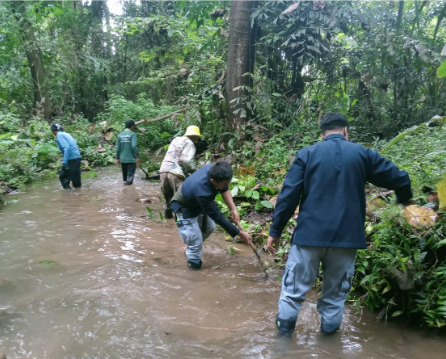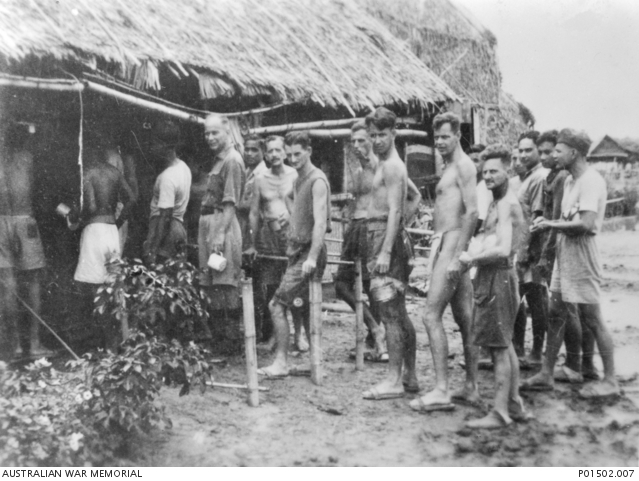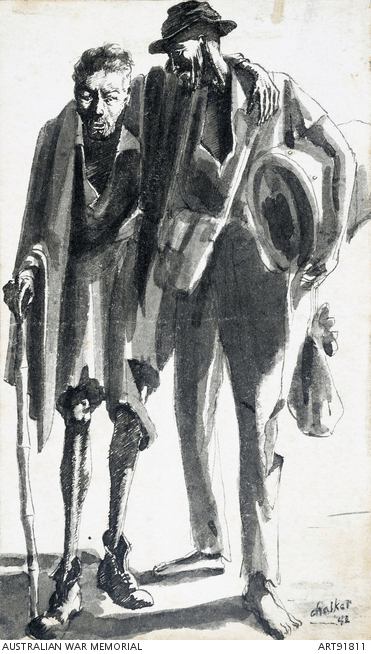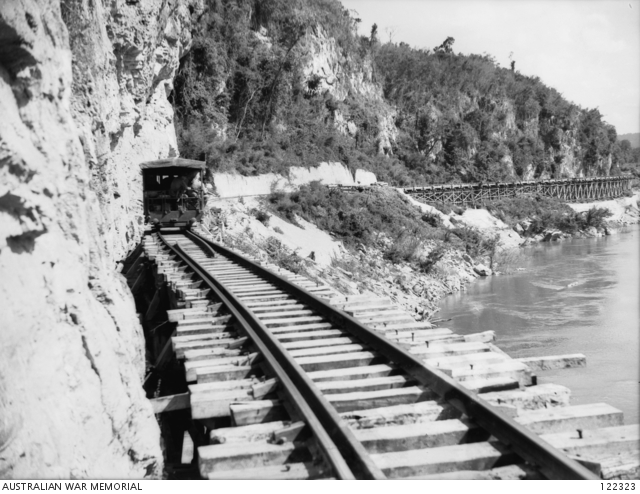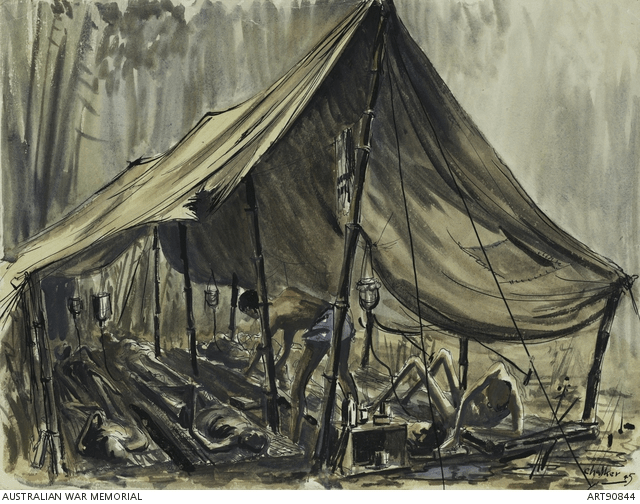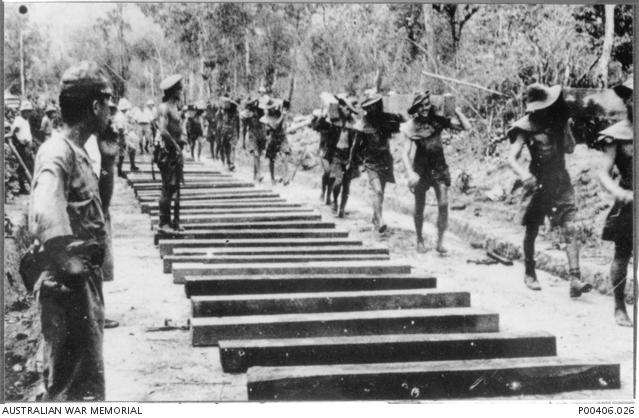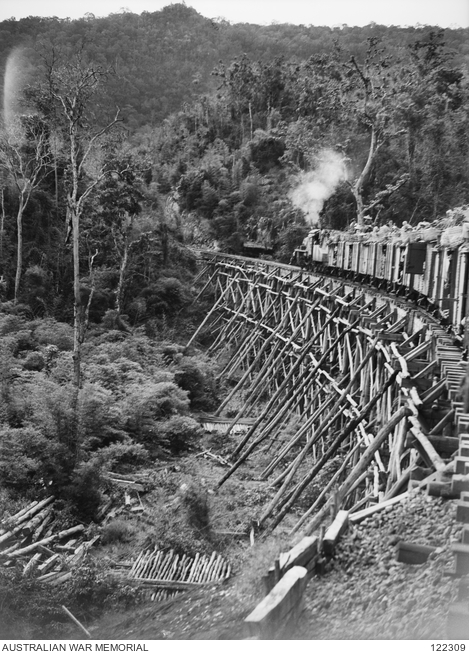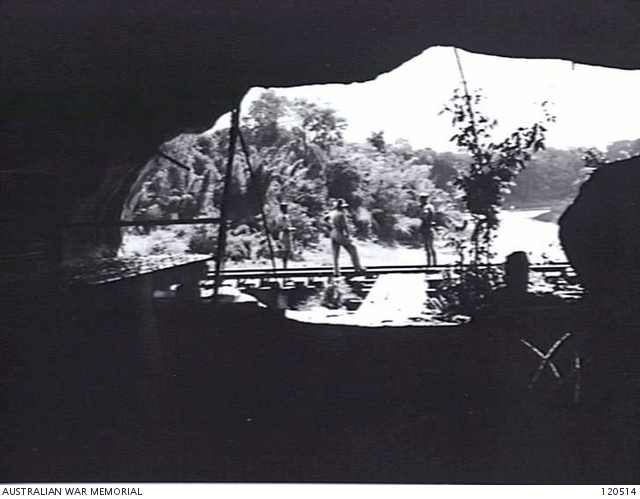HellFire Pass
Interpretive Centre
we gave our tomorrow for your today “
— John Maxwell Edmonds
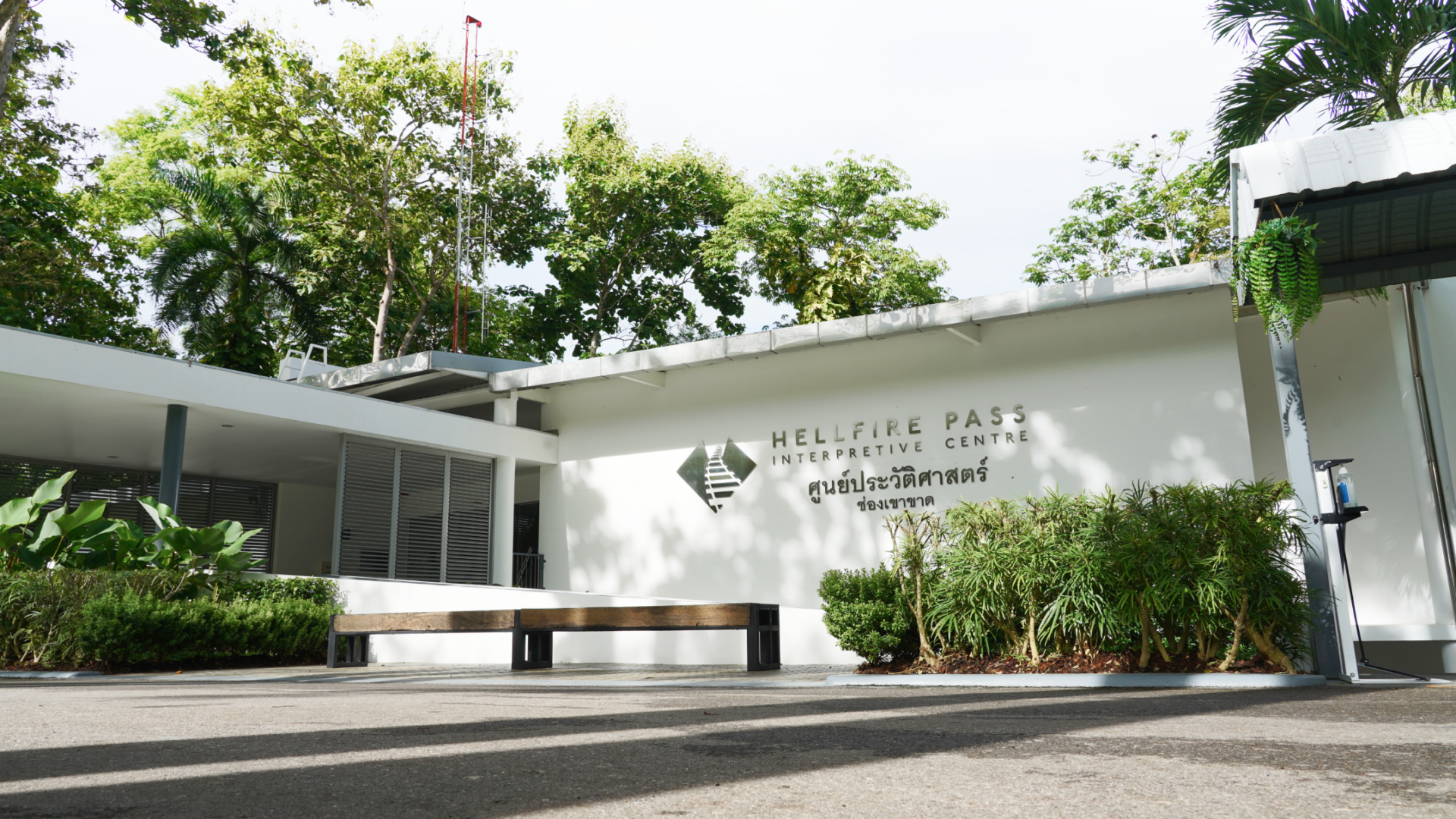
The Hellfire Pass Interpretive Centre in Kanchanaburi, Thailand, commemorates the Allied prisoners of war and Asian civilian labourers who were forced by the Japanese Imperial Army to construct the Burma–Thailand Railway during World War II.
Through a curated collection of personal stories, historical exhibits, and audio-guided walking trails, the Centre preserves the memory of those who endured extreme hardship and honours the tens of thousands who died as a result of forced labour, disease, malnutrition, and violence.
The walking trails follow original sections of the railway cut through dense jungle and solid rock – most notably Hellfire Pass, where labourers worked day and night under brutal conditions. This site serves not only as a place of remembrance but also as a powerful reminder of the human cost of war and the enduring strength of the human spirit.

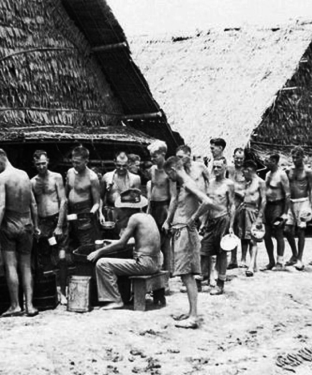

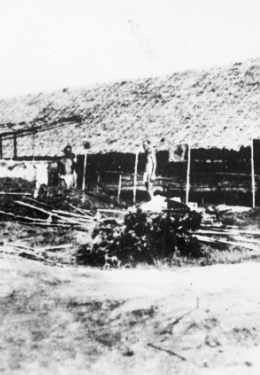

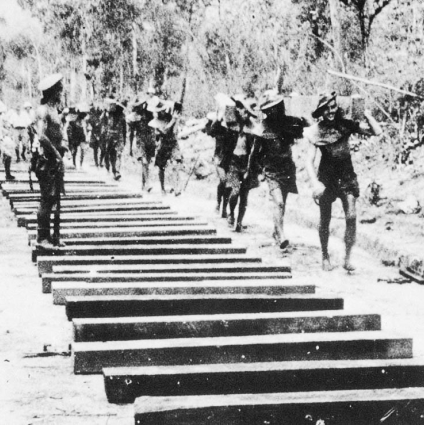
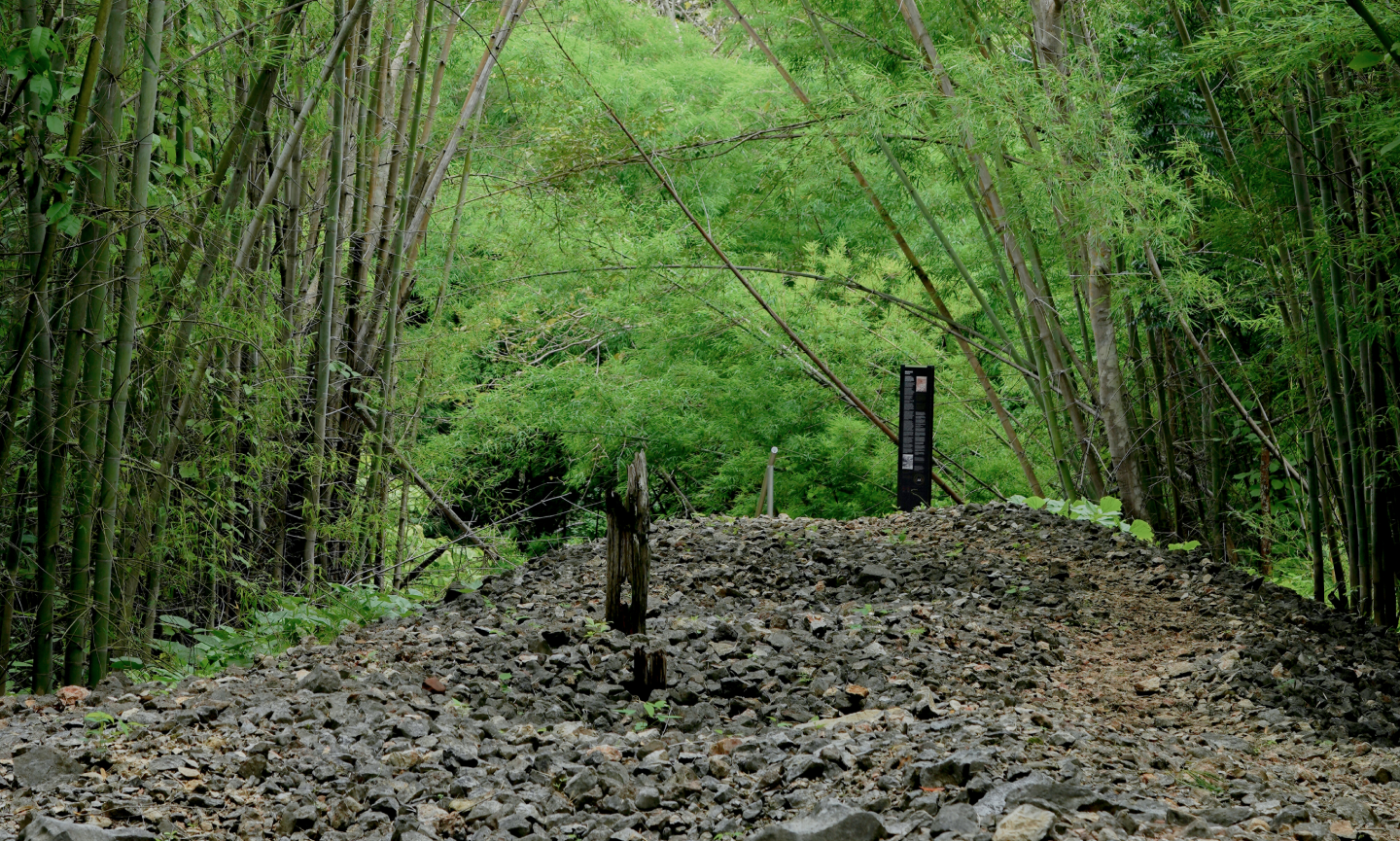
The Hellfire Pass Story
Hellfire Pass, part
of the infamous Death Railway
Hellfire Pass was one of several cuttings along the Burma-Thailand railway, carved through the dense jungles of Thailand by Allied prisoners of war and Asian civilian labourers during World War II. The railway was constructed to link Thailand and Burma for Japanese Imperial Army operations. Conditions were very harsh with many prisoners dying from hunger, disease, and brutal treatment. This place saw great suffering and loss of life.
The origin of the name ‘Hellfire Pass’ reflects the sight of the emaciated prisoners working toiling through the night, the pass lit only by open-flamed torches. A prisoner likened this to a scene from Dante’s Inferno – seemingly a vision of hell itself.
The railway was completed at terrible cost. Tens of thousands died. Today, Hellfire Pass is a memorial to the strength and spirit of those who suffered. It reminds us of the horrors of war, and a hope for peace for future generations.
Visit
Planning
on visiting us?
Learn more about the walking trail and
how to get there.
Visitor Feedback
Clean modern museum about a forgotten cruel story
This place gives you a good idea of WWII at the other side of the world. Well explained combined with a nice walk. We recommend the place if you’re interested in the war and you’re in the area!
Boudewijn D., Vietnam.
Definitely worth a visit. And made better by coming on the train from Bridge over the River Kwai.
A moving worthwhile experience.
We visited from Kanchanaburi.
We rode by train along the railway to the end of the line. The train journey added to the experience – although on the way back it was hot and dusty. Here we grabbed some breakfast at a local restaurant at the train station. There was a taxi to take us the 25 mins to Hellfire pass (THB 800 return journey, we joined with another couple at the station)
We walked the longer walk and enjoyed the free audio It was a beautiful walk and very moving. The path was well maintained and informative.
The museum was well maintained by the Australians and its a humbling experience.
It was exceptionally hot when we were there – so we caught the 6.15 train at The Bridge and the 13.55 return train. We arrived at the museum about 9. So it was cool and lovely and quiet on our walk. Knowing some of the history we opted to walk first, and visit the museum after. The audio and signs offered plenty of information.
Karen B., United Kingdom
AMAZING
I would recommend to anyone this experience. Every person must know what happened in the Burma-Thai railway construction. Hellfire pass is the right place to do so.
The museum is super organised and everything is free of charge. You can visit the museum, walk in the hellfire pass, listen to audio guide, watch video and everything for free.
The museum worker ladies are very friendly and super kindly to provide informations to customers.
Simone Luciano F., Italy
If you’ve come this far, this is a MUST.
The Hellfire Pass Interpretive Centre is about 100km from Kanchanaburi. We hired a car for the trip there and back for 2200 Thai Baht. Yes, it was expensive, but the car was air conditioned on a very hot and humid day and the trip direct. The road is a divided four lane road for about half the journey. It takes a little over an hour. There are turning lanes and a few traffic lights in the main villages/towns along the way. Other options include the three times daily train and connecting local bus (basically all day) for a fraction of the price, or local tours that include Hellfire Pass and other attractions such as the Erawan waterfall and other nearby attractions. We based ourselves in Kanchanaburi, but very long day tours are available daily from Bangkok.
The Interpretive Centre is modern, and includes toilets, car parking, and vending machines for drinks and snacks. The main part consists of backlit screens of text in English and Thai accompanying photos and sketches made by the POWs recounting the horrors of the building of the railway. There is a 10 minute film screened on a loop that is worth watching. The real benefit is visiting the track of the railway, a few hundred steps down from the Centre. A short walk (40-45 minutes return) or a longer track (3 hours) is available. The short walk takes you to the Australian Government official War Graves Commission Memorial. A US Memorial Plaque is set to be unveiled on 23 October 2023. The audio guide for the walk, with a 200 Baht deposit, is worth listening to, with POW survivors recounting their first-hand experiences. If you’ve come this far, you should visit the Interpretive Centre.
Matthew JB C., Australia.
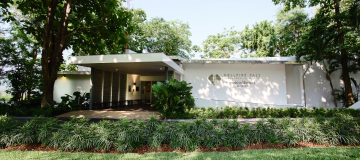

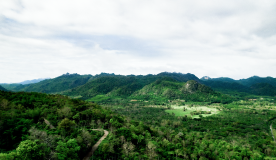

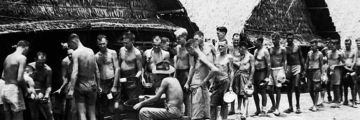
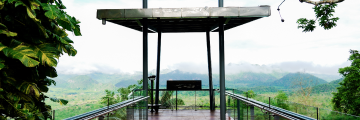
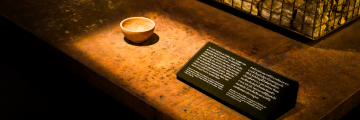
Hellfire
Pass
News & Events
Latest News
Lorem Ipsum is simply dummy text of the industry standard dummy text.
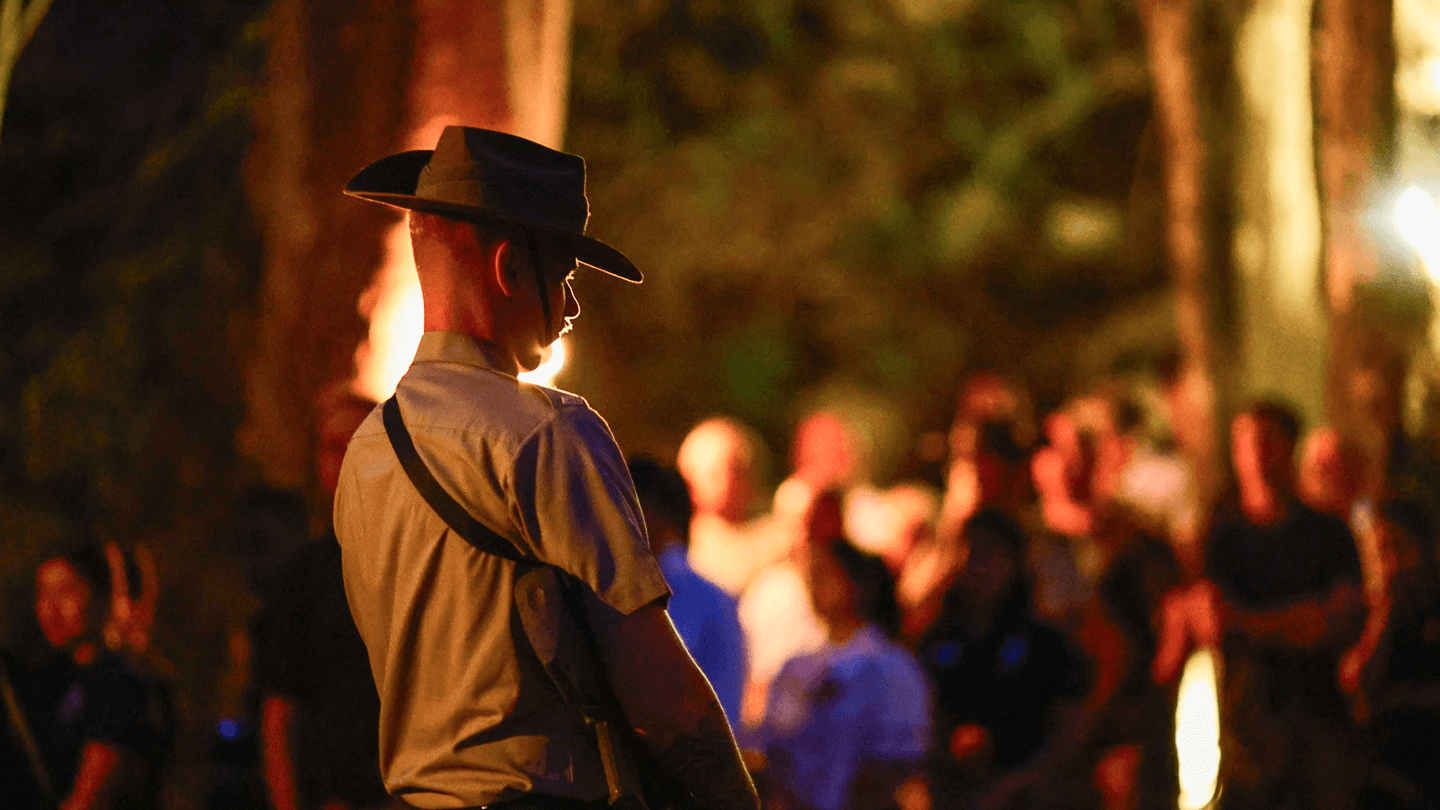
Anzac Day Dawn Service at Hellfire Pass – 25 April 2026
The Anzac Day Dawn Service will be held at Hellfire Pass on Saturday, 25 April...
Location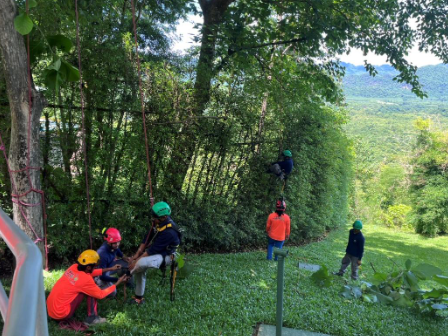
Arborist training for height safety and large tree care
Staff at the Hellfire Pass Interpretive Centre recently completed a two-day arborist training program designed...
Location

